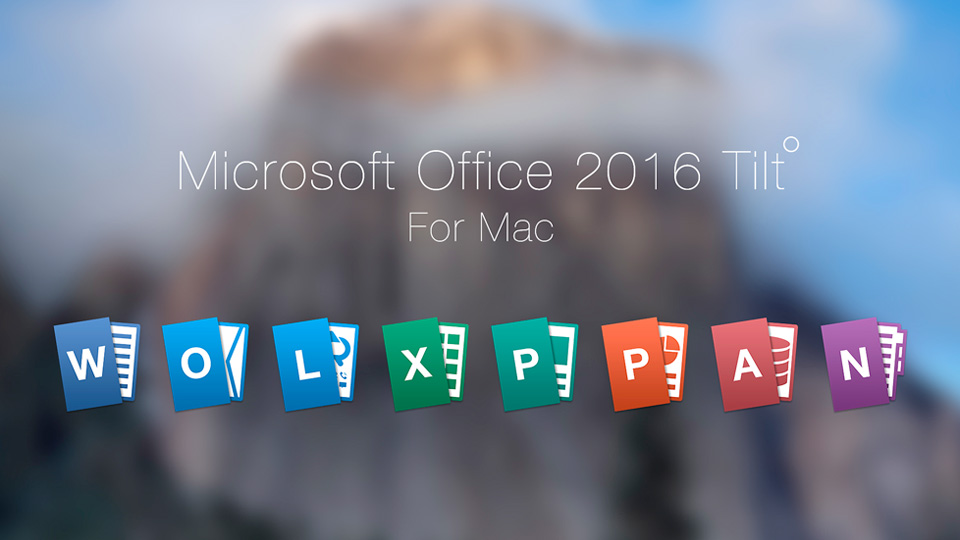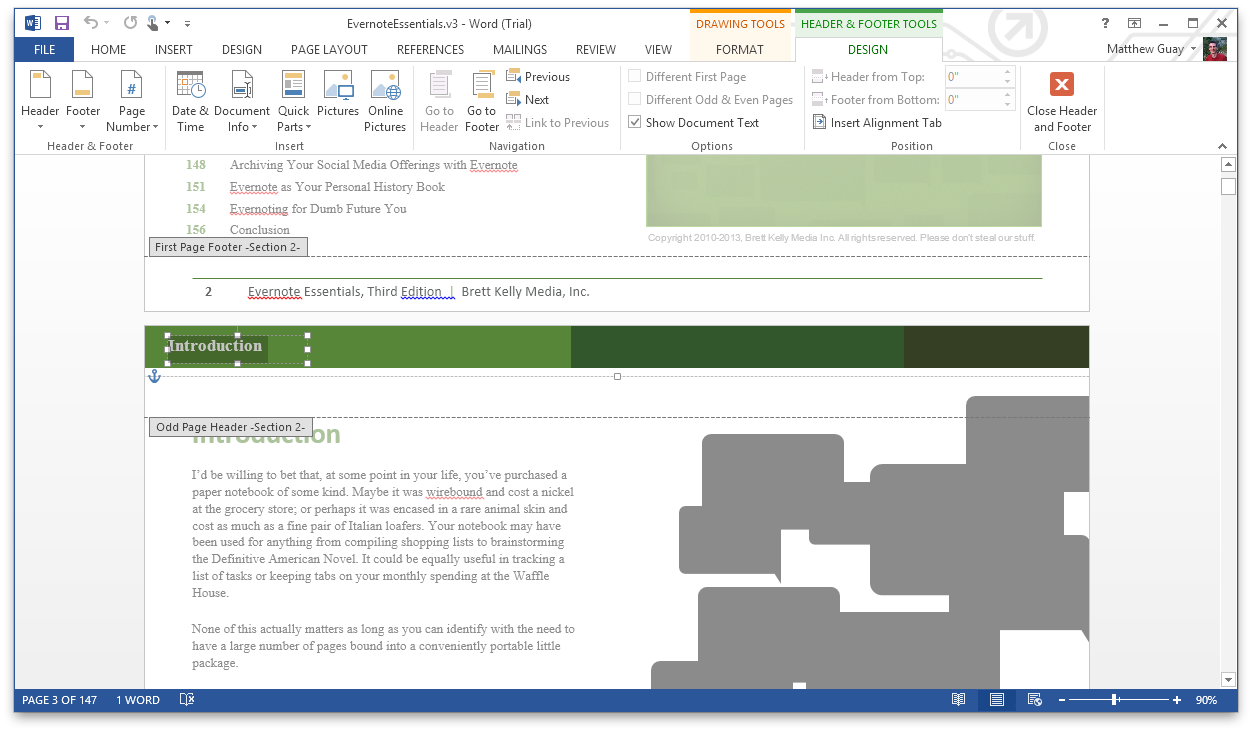Feb 25,2020 • Filed to: Edit PDF
On the date of January 29th, Microsoft released the 15th version of its popular desktop software - Office 2013 software, which includes Word 2013, Excel 2013, PowerPoint 2013, Outlook 2013, etc. Now Word 2013 supports reading and editing documents in Adobe PDF file format.
Download Ms Word On Mac


- AutoSave is a different feature which automatically saves your file as you work - just like if you save the file manually - so that you don't have to worry about saving on the go. On the Mac, AutoSave is available in Excel, Word, and PowerPoint for Microsoft 365 for Mac subscribers. When AutoSave is turned on AutoRecover files are rarely needed.
- Start quickly with the most recent versions of Word, Excel, PowerPoint, Outlook, OneNote and OneDrive —combining the familiarity of Office and the unique Mac features you love. Work online or offline, on your own or with others in real time—whatever works for what you’re doing.
Why You Need a MS Office 2013 Mac?
Productivity downloads - Microsoft Word by Microsoft and many more programs are available for instant and free download. Microsoft Word 2007 (.docx), Microsoft Word 2010 (.docx), Microsoft Word 2013. AnyBizSoft PDF to Word. There are many PDF tools to convert PDF to Word. PDF to Word for Mac. Word 2013 for Windows. Word 2010 for Windows. Word for the web. Word 2016 and later for Mac. Word for Android. Inviting people to view or edit a document Sending a document as a PDF Download as PDF Sending a document as an attachment. SoftMaker Office 2021 PRO - create word documents, spreadsheets and presentations - software for Windows 10 / 8 / 7 and MAC - compatible with Microsoft Office Word, Excel and PowerPoint - for 5 PCs.
PDFelement Pro for Mac - The Best PDF Converter
Generally speaking, Office 2013 can open a PDF by actually converting PDF format to Word format during the process, especially for the large and complex PDF files. However, Office 2013 was not designed as a general purpose PDF reader, like Adobe Reader. Instead, this similarity is focusing on version, but it copes poorly with complicated layouts. It is best seen as a path for inserting texts or images from PDF documents, rather than a business PDF workflow program.
Many people will ask the question about 'When will Microsoft Office 2013 for Mac be released'. Unfortunately, the Office 2013 is not supporting for Mac OS X system at this time, and even the new Mac Office 2013 won't be released for 1-2 years. So, if you could not edit PDF on Mac with Office 2013, here comes a powerful Microsoft Office 2013 Mac Alternative - PDFelement Pro for Mac, which is fully compatible with Mac OS X including Snow Leopard, Lion and macOS 10.13 High Sierra.

Why Choose This PDF Converter for Mac:
- PDFelement Pro allows you to edit, modify and rearrange PDFs.
- It also converts your PDFs into multiple formats while retaining its original layout and content as much as possible.
- It has the ablity to control your full PDF page such as cropping ,merging, spliting, rotating, etc.
- It's a best alternative to Office 2013 on Mac for converting PDF to Microsoft Word format.
Using Mac Office 2013 to Edit and Convert PDF
Here is how to edit PDF files on Mac using this alternative to MS Office 2013 for Mac OS.
Step 1. Run the 2013 Office for Mac and Load your PDF
First, get the Office 2013 OSX software through its website. You can buy it for $99.95 or download the free trial. Then, run the software and load the PDF file to be edited in the interface.
Step 2. Start Editing your PDF File
Click Edit button to make some settings for your PDF, such as annotate text, highlight text, edit PDF form, edit PDF pages, edit PDF image, etc. Learn more detalied information about how to edit a PDF file on a Mac.
Step 3. Converting PDF to Word Doc Format (Optional)
At last, after all is done, clicking 'OK' to finish your files editing, even you can choose to convert the PDF document to various Doc format such as Word .doc format if you need.
Note: If you are a Windows user, and want to use Office 2013, you may get it through visiting the Microsoft website and clicking on the Microsoft Office 2013 Free Download links.
0 Comment(s)
Microsoft Word began life as Multi-Tool Word for Xenix in 1983. It was renamed Microsoft Word and ported to MS-DOS in 1983, the Macintosh in 1985, and Windows in 1989. It has been the dominant word processing program on the Mac since 1988 and on Windows since 1993.
When Apple introduced the original Macintosh in January 1984, it also introduced two programs so Mac users could do something with the new computer, MacWrite and MacPaint. With these essentially free apps bundled with the computer, it would be an uphill battle to sell alternative word processing and paint programs – but that didn’t stop anyone.
Word was rooted in Bravo, the GUI word processor created at Xerox PARC. Microsoft hired Charles Simonyi, Bravo’s “father”, in 1981, and Multi-Tool Word was released for Xenix in 1983. It was ported to MS-DOS later in the year, where the name was simplified to Word. Word was the first WYSIWYG (or semi-WYSIWYG) word processing program for DOS – it could display bold, italic, and underlined text, although it could not display different typefaces or sizes. Word for MS-DOS was designed to work with a mouse, and Microsoft even offered a bundle that included Word and the new-fangled input device. The mouse and semi-WYSIWYG display gave Word two big advantages over Wordstar, then the most popular word processing software in the world, and WordPerfect, the rising star in the DOS world.
Word for MS-DOS had been written to support high-resolution displays, even though DOS computers didn’t yet have them, which made it easier to port the program to the Macintosh. The first version of Word for Mac was released in 1985, and Word 3.0 in 1987. (There was no Word 2.0 for Mac. The second version was called 3.0 to match the numbering of the current DOS version.)
Unfortunately, Word 3.0 was “plagued with bugs”, and within a few months Microsoft fixed them and mailed free Word 3.0.1 disks to all registered Word 3.0 users. Word 4.0 came to market in 1989, the same year that Apple spun off its software to its Claris subsidiary and MacWrite stopped being free. By this time, Microsoft already owned the Mac word processing market with over 50% of market share. MacWrite II peaked at just over 30% market, quickly dropping off until Apple discontinued MacWrite Pro in 1994.
Mac word processor market share by units, 1988 to 1997.
Many Mac users consider Word 5.1a to be the best version ever released. The original Word 5.0 for Mac reached the market in 1991, and the upgrade to 5.1 in 1992. After all those years, Word still worked very well on compact Macs with their 9″ 512 x 342 pixel black and white displays.
Word 6.0, launched in 1993, is widely considered to be the worst version of Word ever for the Mac, as it was based on the same codebase as Word 6.0 for Windows. That meant that it looked and worked more like Windows software than a Macintosh program. Mac users were so up in arms that Microsoft actually released a Word 5.1 downgrade to unhappy Word 6.0 owners.
It was five years before Microsoft unleashed another version of Word for the Mac, and at that point Microsoft adopted a new numbering scheme: Henceforth versions of Word would be identified by the year of release, so the new version was Word 98 (Microsoft began this in 1995 with Word 95 for Windows). Subsequent versions of Word were 2001, v.X (the first version for Mac OS X, also released in 2001), 2004, and 2008, which is the current version.
Word 98 was the first version of Word that was not only file-compatible with Word 97 for Windows, but also compatible with macro viruses.
Mac Version History
This article is a work in progress dusted off from 2008 and is in need of updates.

Word 1.0
1985
Word 3.0
1987
Word 4.0
1989: Last version that can be run using a daul-floppy Mac.
Word 5.0/5.1
1991 (5.1 – 1992): Requires System 6.0.2, 512 KB of RAM (1 MB for 5.1, 2 MB to use spell check and thesaurus), 6.5 MB available hard drive space. Last version to support 68000-based Macs.
Word 6.0
1993: Requires System 7.0, 4 MB of RAM (8 MB recommended), at least 10 MB available hard drive space, 68020 CPU. 68000-based Macs not supported.
Word 98 (8.0)
1997: Requires System 7.5 or later (7.5.5 recommended), PowerPC processor (120 MHz recommended), 16 MB of RAM installed, 640 x 480 8-bit color or 4-bit grayscale display, CD-ROM for installation. Part of Microsoft Office 98 Macintosh Edition.
Word 2001 (9.0)
2000: Last version for Classic Mac OS, runs in Classic Environment of Mac OS X. Requires Mac OS 8.0 through 9.2.2, 8.5 or later recommended. Application requires 10 MB of RAM with virtual memory enabled, 17 MB without it.
Word v.X (10.0)
2001: First version written for OS X
Word 2004 (11.0)
2004: First Mac version to use XML format.
Word 2008 (12.0)
2008
Microsoft Word 2013 Free Download For Macbook
Word 2011 (14.3)
2011
Microsoft Word 2013 For Mac
Sources/Further Reading
- Microsoft Word, Wikipedia
- Word Refuseniks: Never Upgrade, Leander Kahney, Wired, 2006.17.05
- Why I Love Microsoft Word 5.1a, Erik Thau-Knudsen, 2006.09.13
- Goodbye, Cruel Word, Steven Poole, 2007.09.02
